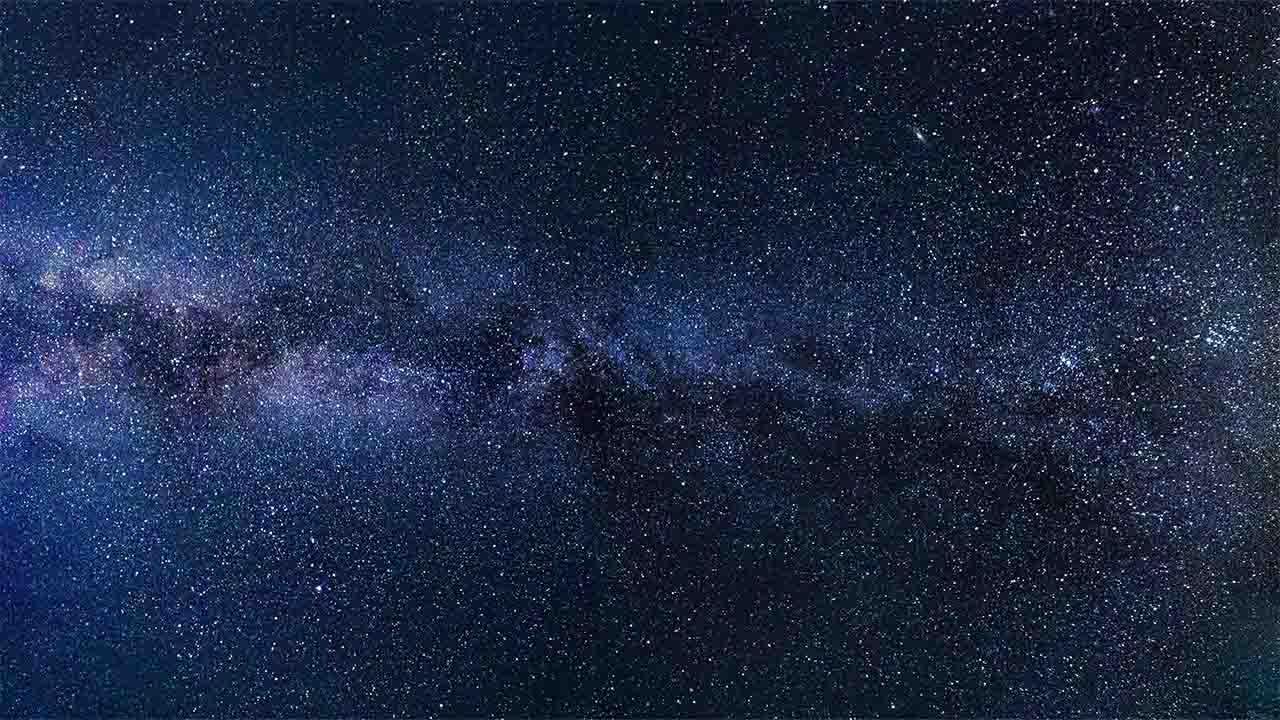Science & Technology, Australia (Commonwealth Union) – A groundbreaking international initiative, focused on mapping millions of galaxies, has yielded intriguing insights into the enigmatic realm of dark energy, potentially reshaping our comprehension of the Universe’s history. Led by a prominent astrophysicist from the University of Queensland, Professor Tamara Davis, the 10-year project, known as The Dark Energy Survey (DES), meticulously observed and analyzed over 1500 exploding stars, or supernovae, across the night skies. By scrutinizing the speed at which these supernovae move away from Earth, researchers gained valuable information about the acceleration of the Universe’s expansion. The outcomes of the study suggest that the Universe might be slightly younger than previously estimated, opening new avenues for understanding the cosmos.
Professor Davis collaborated with over 400 scientists worldwide in a meticulous survey of the night skies, utilizing a highly sensitive camera positioned in an observatory atop the Chilean Andes. This extensive study, unparalleled in scale, surpasses the significance of the original Nobel-winning research, which relied on just 52 supernovae to unveil the accelerating expansion of the Universe, as indicated by her. Professor Davis emphasized the monumental leap in data analysis achieved by The Dark Energy Survey (DES), providing an unprecedented insight into the Universe’s expansion and its age. Contrary to the prevailing model, which posits a constant background acceleration known as dark energy, the study’s results suggest a potential weakening of this acceleration. This intriguing finding implies that the Universe might be slightly younger than previously estimated, by approximately 100 million years, she pointed out.
Professor Davis played a key role in leading the OzDES initiative, the Australian arm of the DES project. The project aimed to analyze the spectrum of light emanating from galaxies hosting supernovae, some of which originated so remotely that their light predates the formation of Earth.
Over 30 researchers from Australian institutions, including UQ and the Australian National University, collaborated to gather crucial data on the “redshift” of each supernova. This parameter is indicative of the velocity at which these celestial bodies are moving away from Earth due to the ongoing expansion of the Universe, as explained by Professor Davis.
She further pointed out that to determine the redshifts of these faint sources, extensive observations were conducted over 100 nights spanning six years. The data collection took place using the Anglo-Australian Telescope situated at the Siding Spring Observatory in New South Wales.
“A crucial part of getting these results was comparing the OzDES redshift to the DES distances which revealed the acceleration of the expansion of the Universe.
“Dark energy is the missing piece of the puzzle in our fundamental understanding of the Universe and the scale of our results gives us a chance to understand it in a whole new light.”
Ryan Camilleri, a doctoral candidate at UQ, conducted the conclusive cosmology analysis, rigorously assessing the measurements against various models of dark energy to identify the most suitable option.
Expressing his enthusiasm, Mr. Camilleri, as a PhD student, found the prospect of contributing to the comprehension of dark energy, the enigmatic force steering the accelerated expansion of the Universe, to be highly thrilling.
Patrick Armstrong, affiliated with ANU’s Research School of Astronomy and Astrophysics, delved deeper into the supernova data to derive cosmological findings. Mr. Armstrong emphasized the future potential for exciting collaborations, combining their results with other surveys and exploring the ramifications of the significant shift they discovered.
“Never before have so many distant supernovae been observed and analysed – we’re at the tip of the iceberg and it’s truly an exciting time.
“The nature of dark energy is still out there to be discovered – this new method will help future generations of stargazers to explore its mysteries.”








